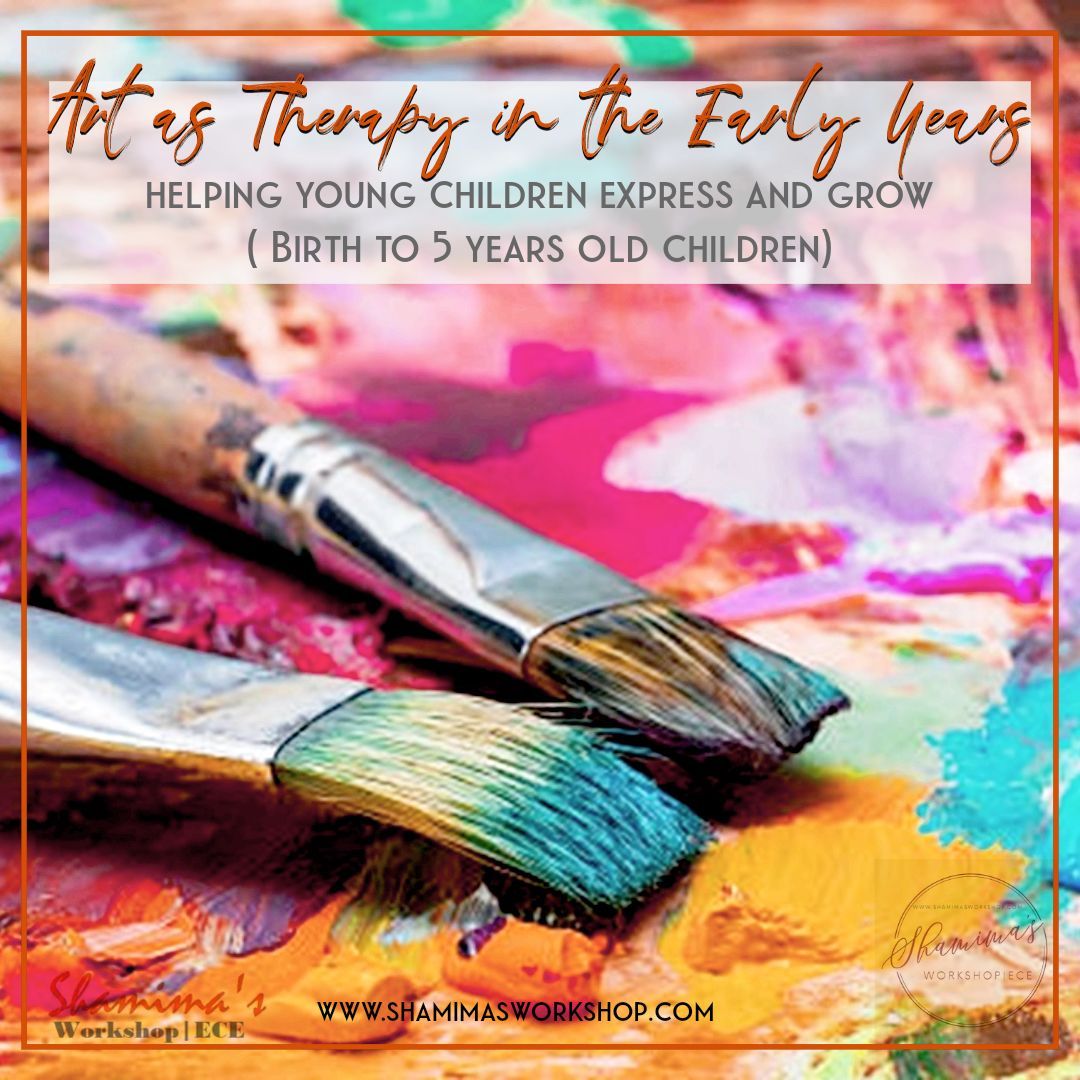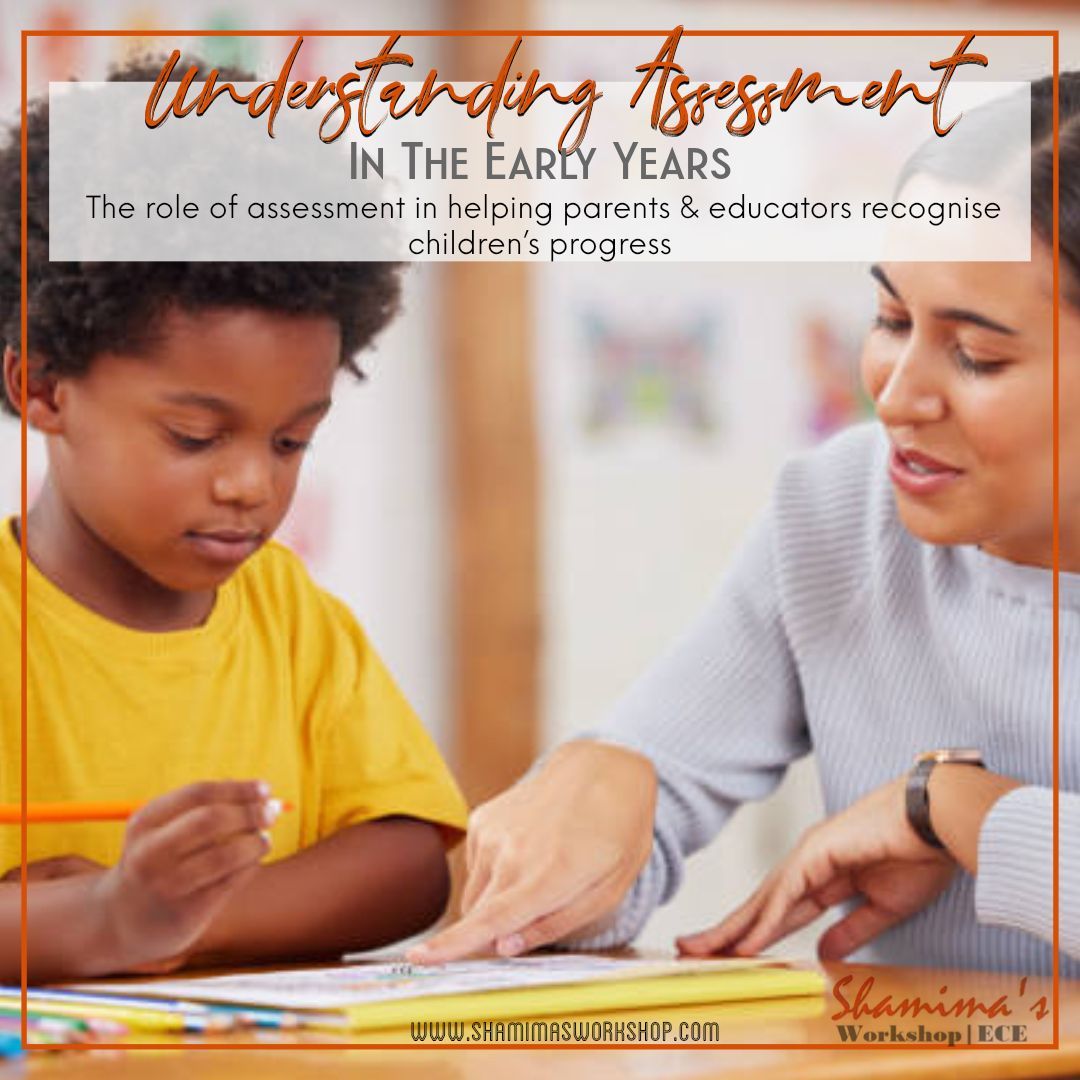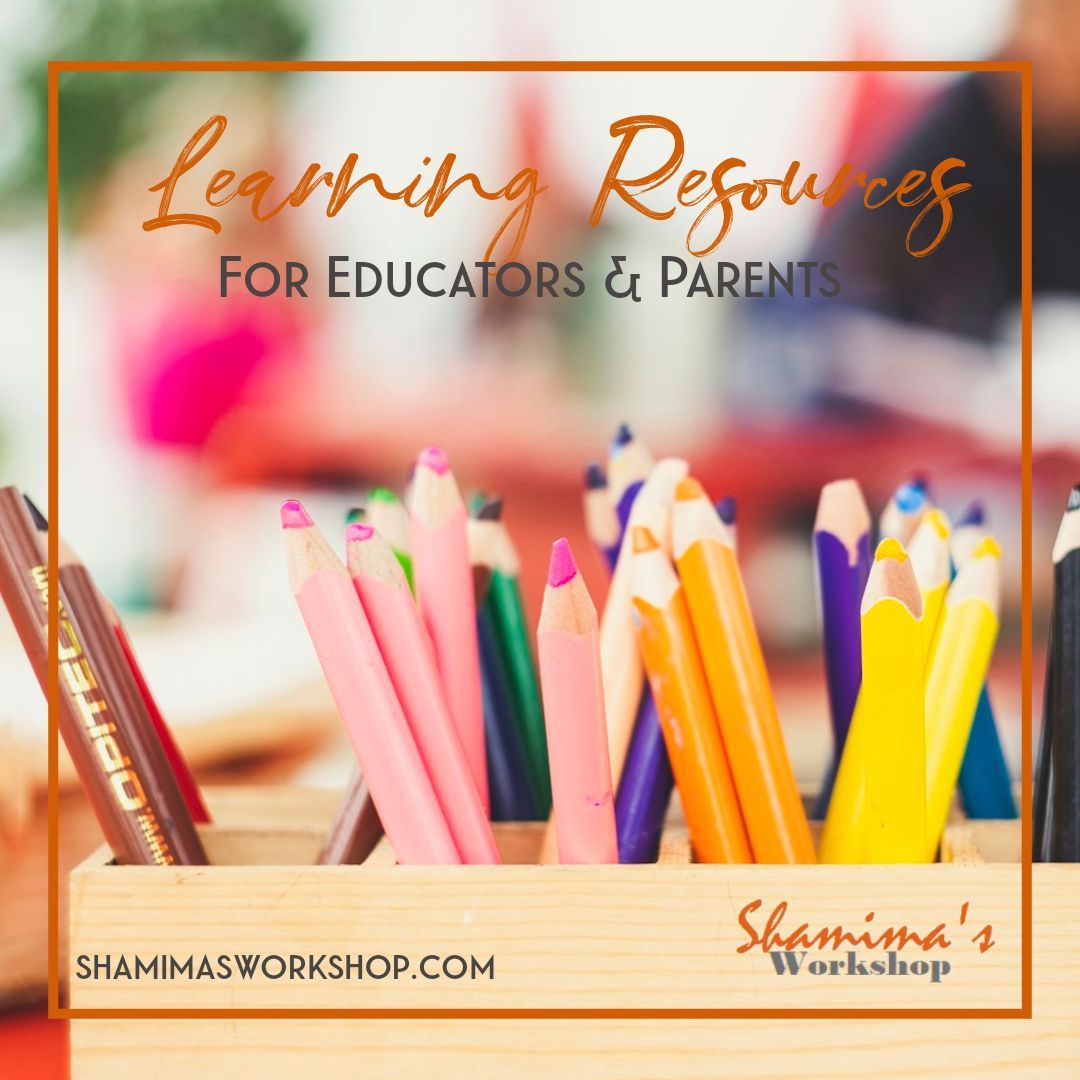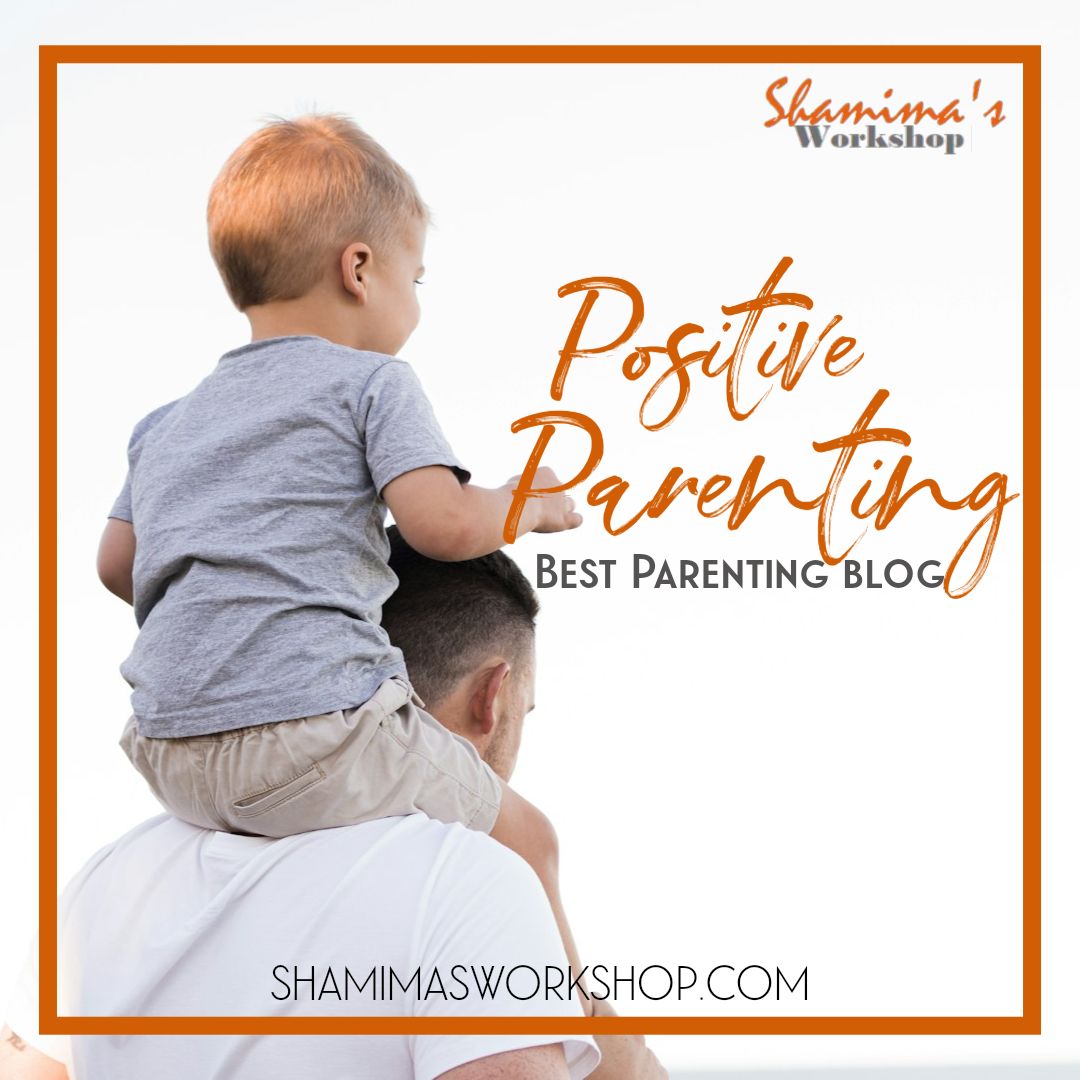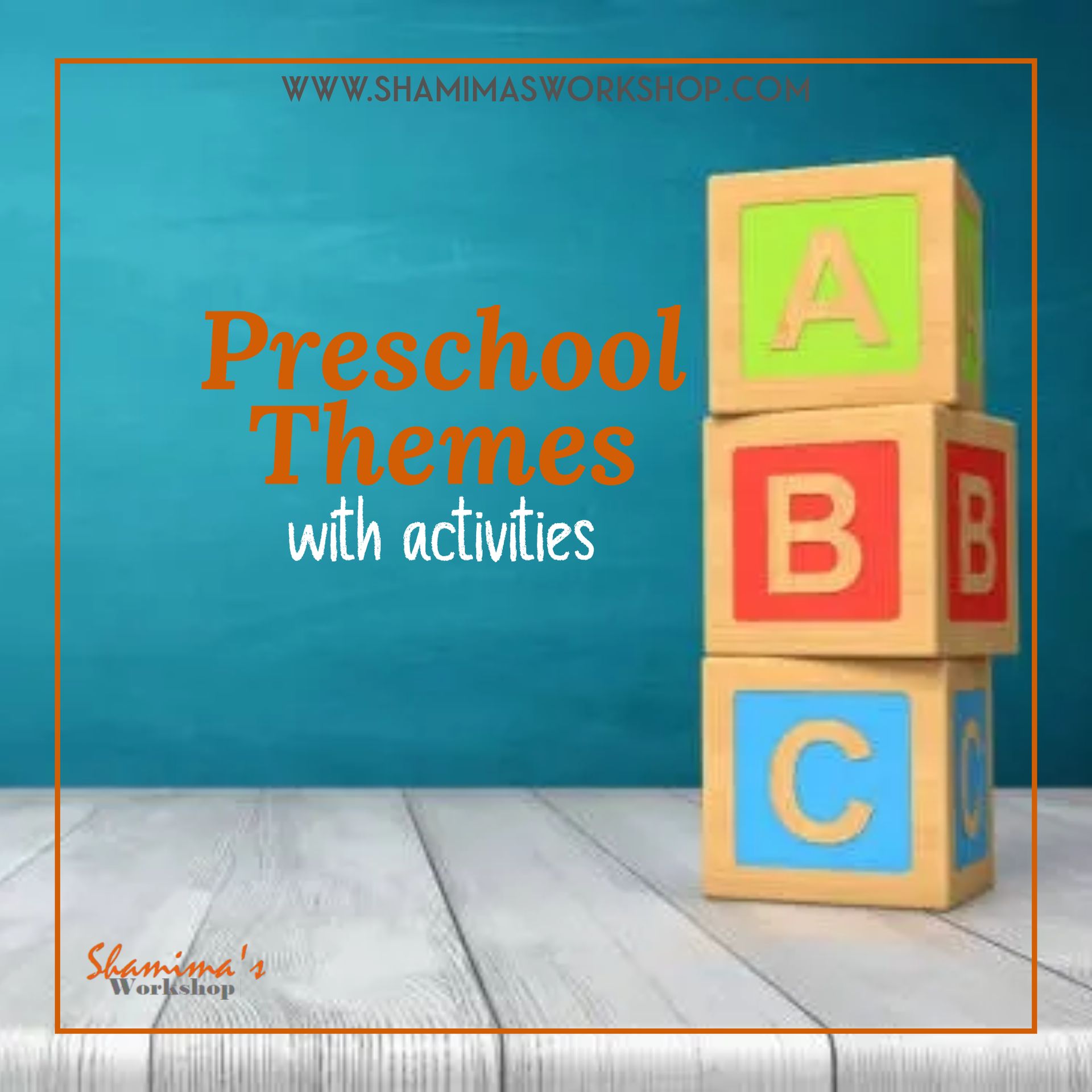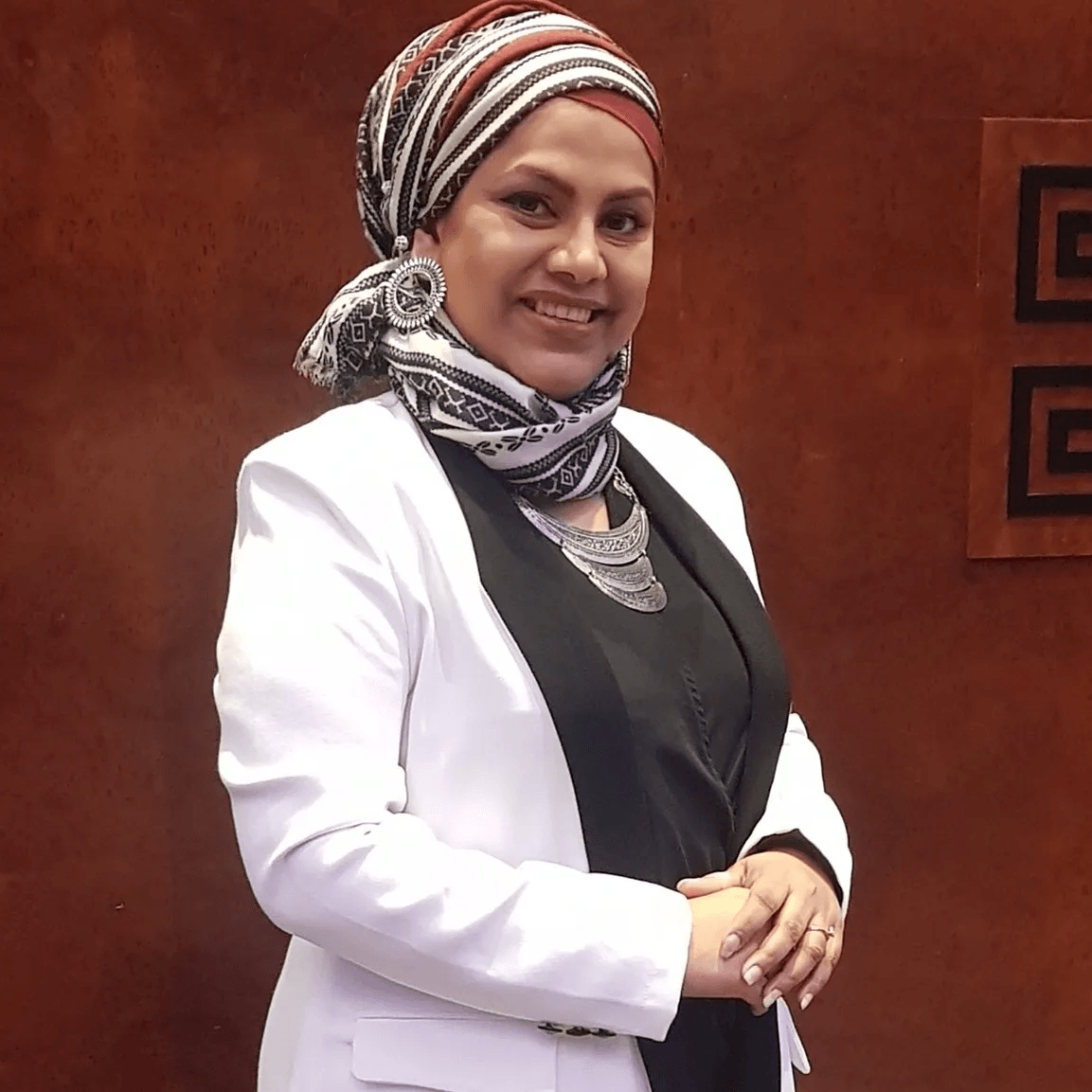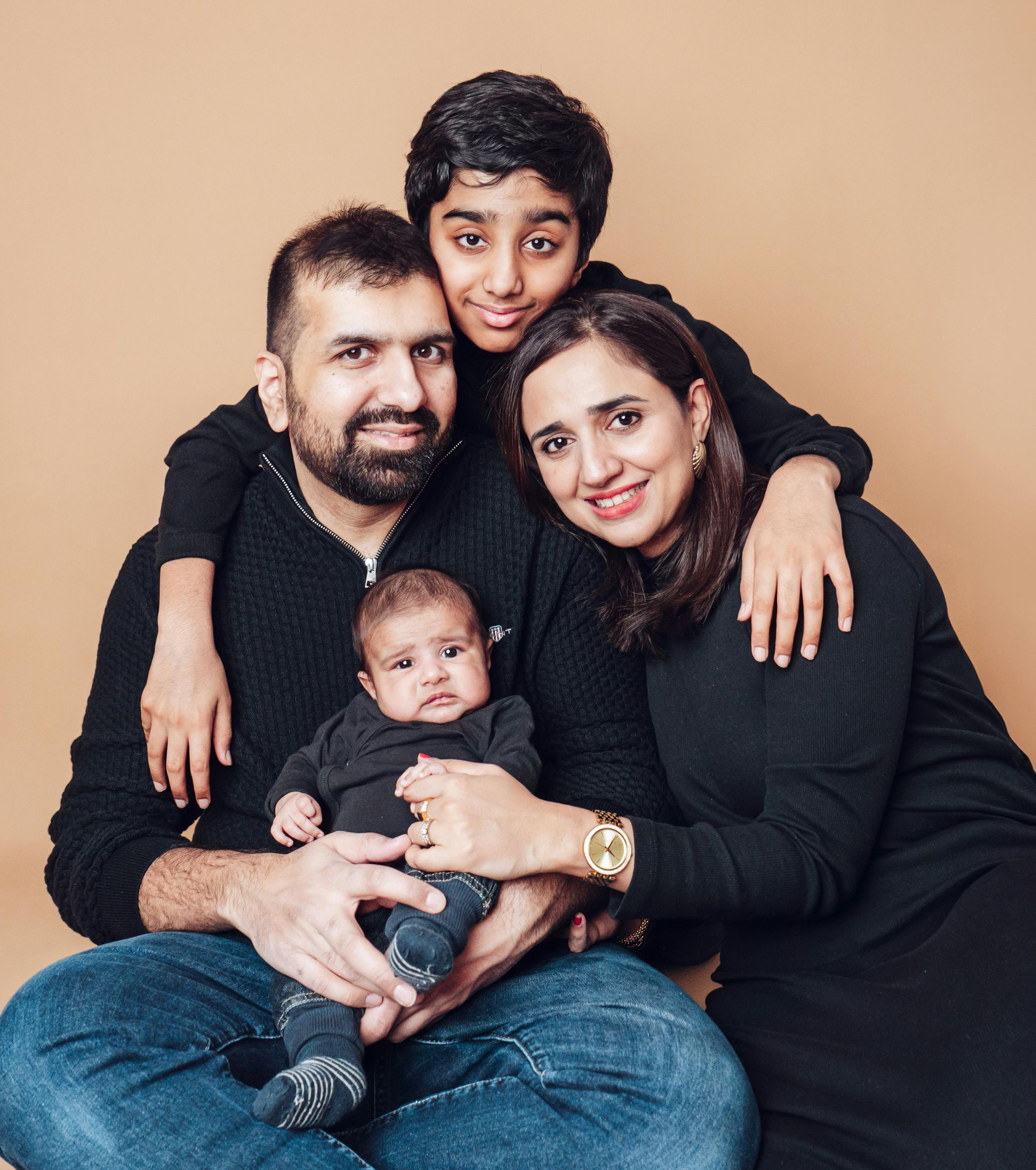Understanding Child Abuse
This is a subtitle for your new post
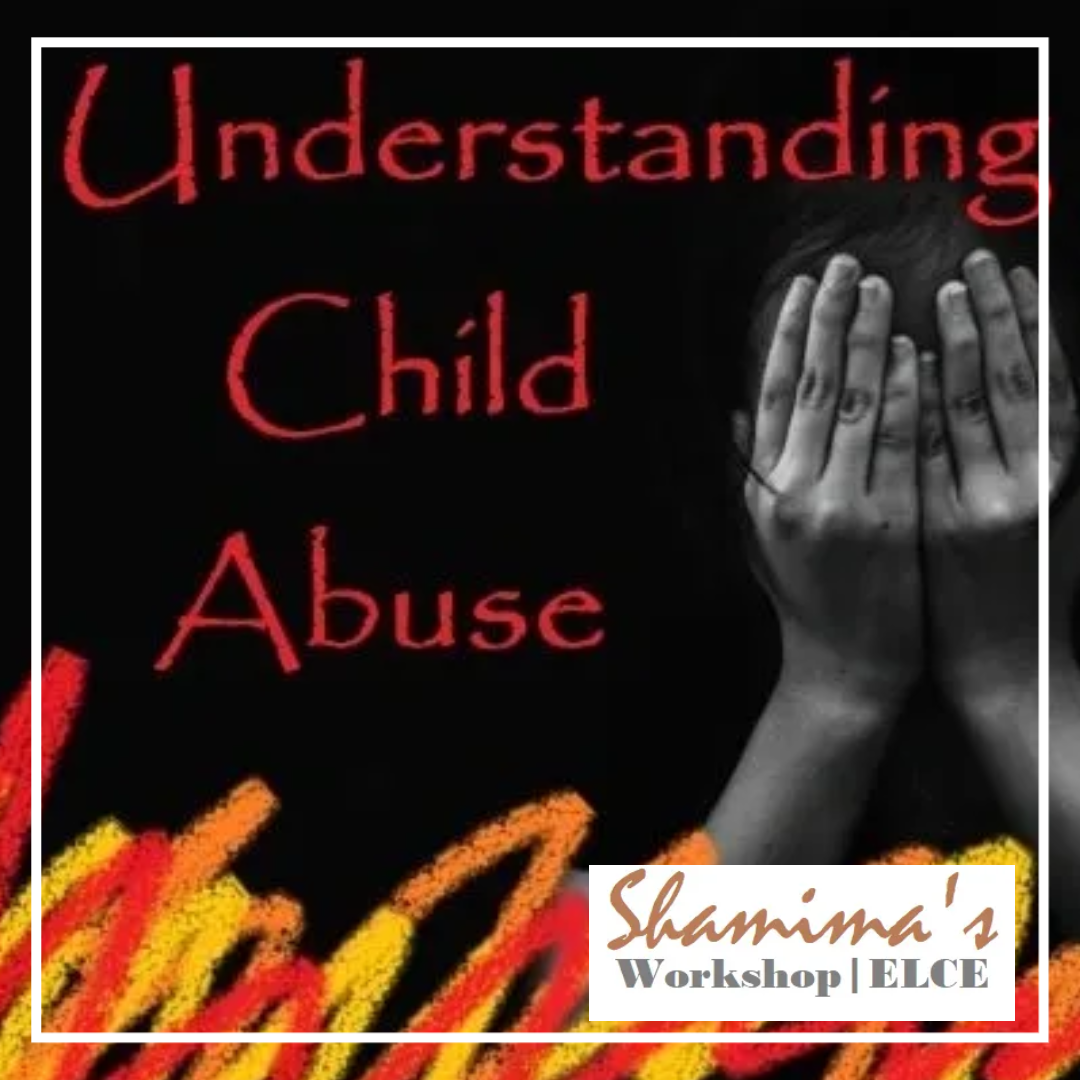
- beating, slapping or hitting
- pushing, shaking, kicking, or throwing
- pinching, biting, choking, or hair-pulling
- burning with cigarettes, scalding water, or other hot objects
- severe physical punishment
- giving children the "silent treatment"
- telling children they are "bad", no good", or a mistake"
- shouting or yelling to silence them
- mot allowing them to express views or opinion
- threatening
- bullying
- using emotional blackmail
- limited physical contact
- watching others performing sexual acts or getting a child to watch such acts
- telling dirty jokes or stories
- forcing or inviting a child to undress for sexual gratification
- grooming, or preparing for future abuse or activity
- encouraging sexually inappropriate behaviour
- non-penetration sexual contact, such as touching, kissing, rubbing
- rape, penetration, including oral sex.
- not providing appropriate food, clothing or medical care
- not having money for basic needs, like meal
- locking a child in room or closet
- not providing shelter, education
- leaving a child alone for a long time or so that they experience harm
- allowing the child to be unsuitably dressed for the time of year(e.g. no coat in winter)
Welcome
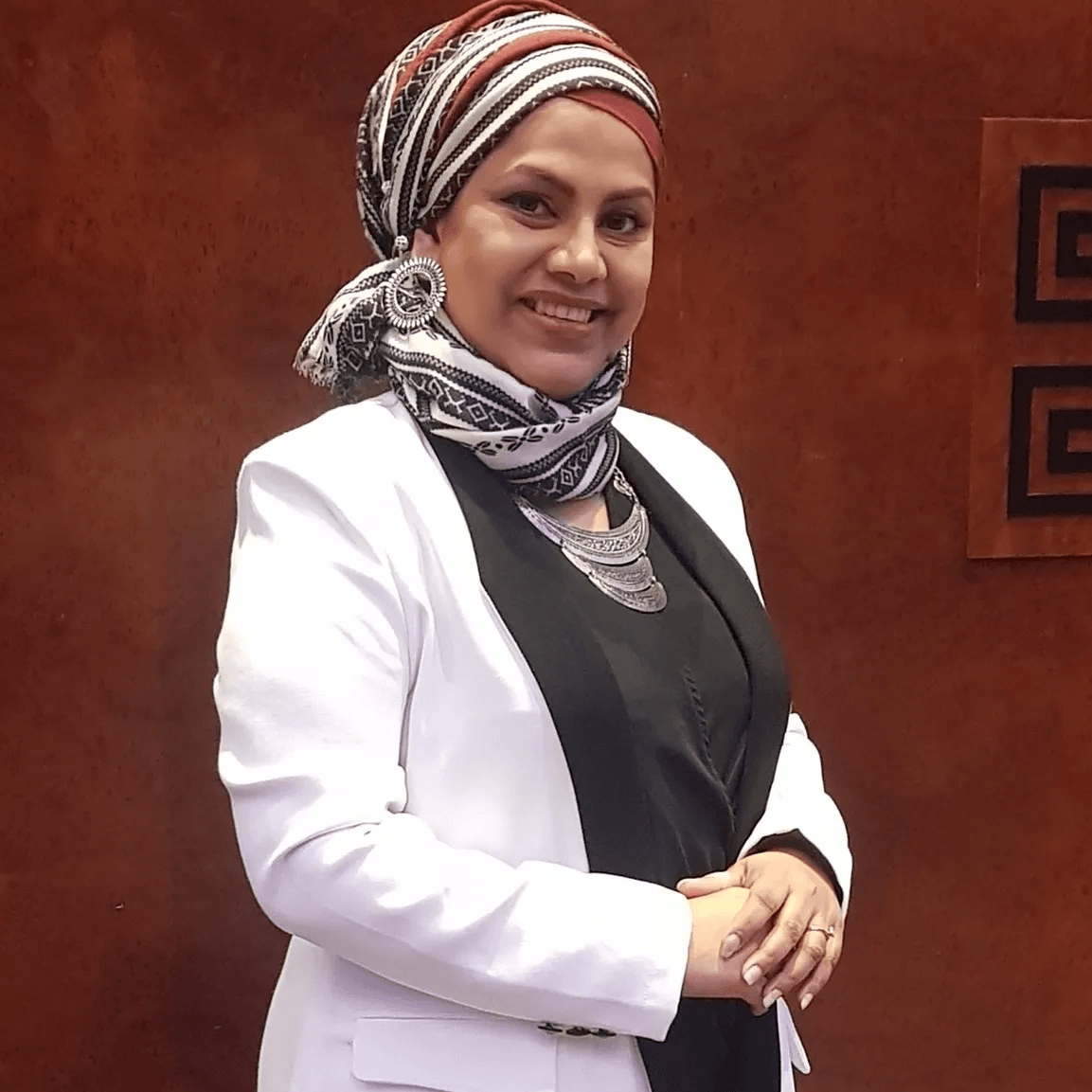
Hi, i am Shamima Fowzee, an early years educator, trainer and consultant. I Share ideas, inspiration, & resources for play-based, inquiry-led learning. Find out more about me here.
SHOP NOW
RECENT POST
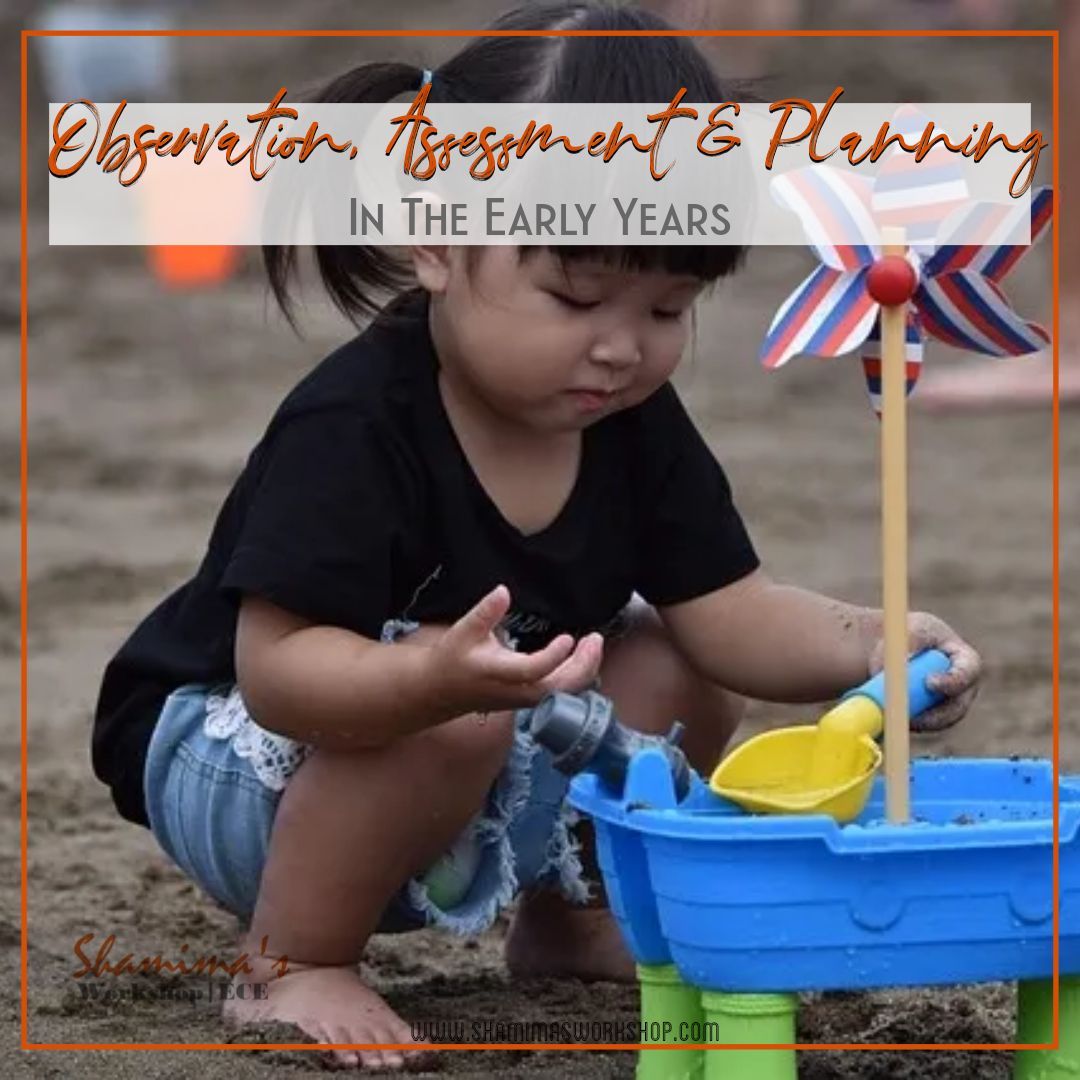
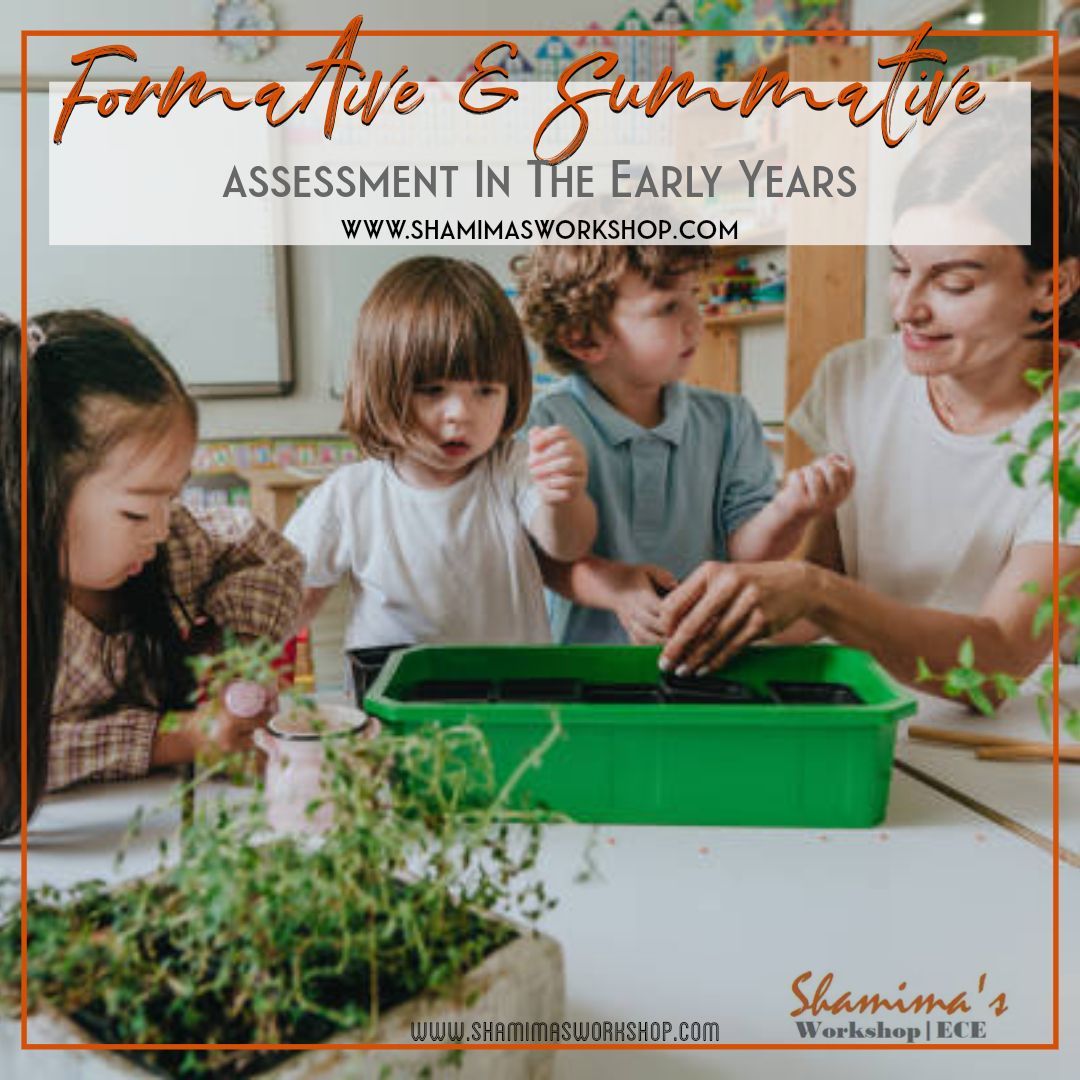
How can I thank you? Spread the word!
For everyone who is passionate about the importance of Early Years.

